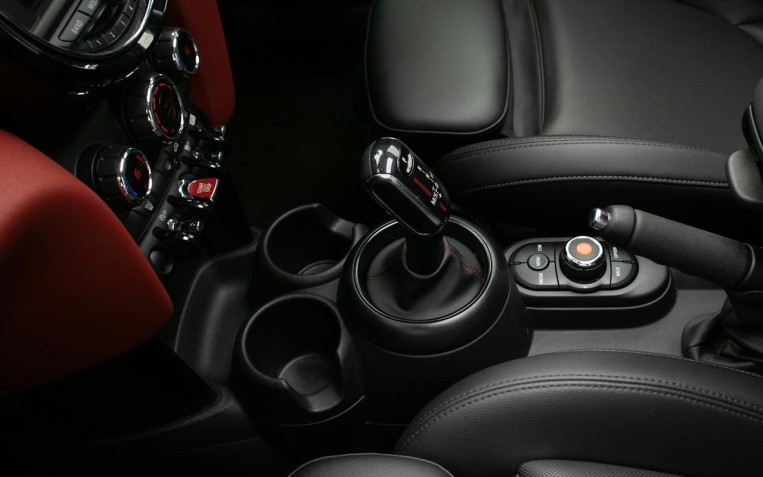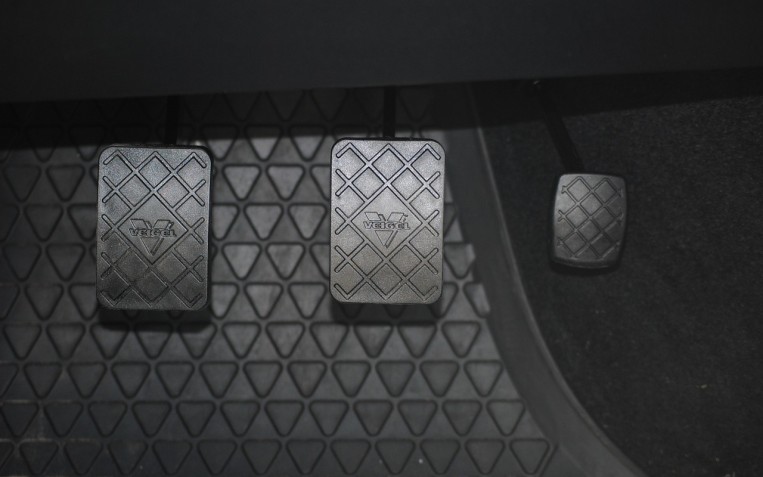Driving In Ice and Snow

During the winter, conditions on the roads can become unpredictable and at times treacherous. For many drivers this can be a real deterrent with many people avoiding using the roads at all during the more severe bouts of weather. However, every year there are hundreds of serious incidents caused by dangerous driving during icy or snowy weather, so today we want to give you our simple guide to staying safe on the roads during winter.
Here you can find out what you can do before driving, during your journey and in the case of an emergency for a safer and more comfortable journey.
Before Driving
When it comes to driving in the winter, it is vital to look after both yourself and your car before you even set off on your journey! Following these simple steps before you drive will not only decrease the chances of accidents, but will also make you feel more comfortable driving in ice and snow.
Plan your route: Always use route planners to plan your journey, allowing for at least two alternatives in case there are diversions in place. Avoid those areas that are likely to be exposed to extreme weather.
Always allow extra time for any journey. We always recommend at least fifteen minutes extra time to be allowed in normal conditions, this time can alter depending on the weather and time of journey.
During winter you should expect to take extra precautions before your journey to ensure maximum safety for you and your passengers. We recommend the following extra preparation:
- When planning your journey, opt for routes that use more main roads, which are more likely to have been cleared of snow and gritted.
- Travelling in the morning? We recommend getting up at least fifteen minutes earlier to allow time to de-ice your vehicle properly. Never drive with limited or reduced vision.
Get Your Vehicle Winter Ready
There is perhaps nothing more vital during any journey than ensuring your vehicle is safe to drive. Allowing a good amount of time each morning to properly.
Preparing your vehicle is paramount before driving in snowy winter conditions as the harsh temperatures and unstable road surfaces can have a big impact on your vehicle if not well prepared for.
Before you even start your engine there are a number of checks that should be made to ensure your drive is the safest it can be. Below is a list of vital checks for winter driving:
Check your tyres: The tread on your tyre must be at least 3mm for driving safely in snow. If you are unsure about how appropriate your tyres are for the snow conditions, you can consider purchasing winter tyres, which are designed specifically for harsh winter conditions. You can shop winter tyres on our online page, or find your local centre for help and advice.
Check your visibility: Ensure that windows inside and out are clean before every journey; this can be done by using a de-icer and demisting your windows using your car's air-conditioning. You can find out more on demisting your windows in half the time here. It is vital that grit, dirt, snow and ice are completely cleared from every window to ensure full vision at all times. Be aware that driving with snow on your roof, or impaired vision means you could be breaking the law.
Antifreeze: Purchasing antifreeze for a few pounds can save you a lot of time and hassle. Using a mixture of 50/50 anti-freeze and water in your engine will also protect your engine and reduce the risk of breakdowns. Not every car is the same, so ensure you check with your manufacturer to find out which coolant can be used in your vehicle.
Batteries and vehicle electrics can suffer during winter due to the extra demand placed upon them by use of lights, windscreen wipers and heating. You can take extra care of your electrics by ensuring these things are turned OFF before starting your engine, allowing your engine to run for a small while regularly to prevent it being left unused and becoming damaged.
During Driving
Once you are happy that your car has gone through all of the necessary checks needed to drive safely, you are ready to take to the roads. However, your preparations don't stop there, as it is vital that you adapt your driving to meet the needs of the road.
During winter we recommend considering the following things during driving to ensure you stay safe and put less pressure on your vehicle:
Gentle manoeuvres are vital during snowy and icy weather. Even the most conscientious driver can struggle in severe weather, so taking your time and thinking ahead can make all the difference during winter.
Take your time driving! Brake times are increased during snowy and icy weather, with braking distance extending up to ten times longer. Ensuring you are within the safe limits of your speed and handling manoeuvres at a safe speed can help you avoid any incidents occurring.
Give ten times the space between you and the car in front. Slippery road surfaces it can be all too easy for cars in front and behind to slip, skid and stall - so ensuring you give ample room will prevent you bumping into someone, or being bumped into.
Apply brakes gently at all times. If the road surface is slippery braking harshly can cause serious accidents to happen. To improve your grip on the road you should brake gently and always ensure your car has been fully serviced before the cold weather sets in to ensure your brakes are fully functioning.
Be Prepared For Emergencies
Even the most prepared motorists can get caught short during torrential snow. Luckily, there are measures you can take in order to be prepared for an emergency if one should occur.
- If you do find yourself stuck in heavy snow you should straighten your steering wheel until all tyres are facing forwards, this should allow you to more easily clear the snow away from the tyres. By using a sack or rug in front of your driving wheels you can give something for your tyres to grip on to, so perhaps put an old rug in your boot for emergencies.
-
Packing a winter emergency kit can ensure you have everything you need for occasions where you are stuck and may not be going anywhere anytime soon. Your emergency kit should include all of the following:
- A fully charged mobile phone or charging facilities/power bank
- Any personal medication you may need
- First aid kit
- Torch and batteries
- Shovel
- Ice scraper and de-icer
- Waterproofs
- A blanket
- Hat, coat, gloves, scarf
- Extra thick socks
- A road atlas
- Extra screen wash
- Unperishable snacks
Driving in snow doesn't need to be as difficult this year by following our easy guide. Find your nearest PTA centre for help with preparation this winter.
Related Content

Should I have soft or stiff suspension springs for my vehicle?
Suspension springs are essential for maintaining your vehicle’s stability and ride height. Over time, the springs will succumb to wear and tear, which affects how your car handles, brakes and accelerates on the road. Discover whether you should...

What is engine braking?
Engine braking involves taking your foot off the accelerator pedal, allowing your car to slow down. Over time, the parts on your vehicle’s braki...

A guide to the different types of car clutches
The clutch is responsible for channelling the power from the engine, through to the gearbox, and the wheels. Your vehicle's clutch will differ dependi...

